Cover Letters and First Dates
 Let’s get back to dating for a minute. Have you ever met someone you were attracted to and it sparked an internal monologue about why this person should want to date you? “Hey there, hot stuff. We should go out. I’m smart, witty, have great personal hygiene, and I can quote Dodgeball from start to finish.”
Let’s get back to dating for a minute. Have you ever met someone you were attracted to and it sparked an internal monologue about why this person should want to date you? “Hey there, hot stuff. We should go out. I’m smart, witty, have great personal hygiene, and I can quote Dodgeball from start to finish.”
Think of your cover letter as a similar pitch—only in your out-loud voice and not related to Dodgeball. You’re trying to convince the hiring manager that you should be considered for the job. Your cover letter should be no longer than one page and contain four basic elements, preferably in this order:
• A mention of the job for which you are applying
• An explanation of why you are interested (especially how you are philosophically aligned with the organization’s mission)
• A brief summary of why you are qualified (no need to rehash your entire résumé—just hit on the high points)
• Anything else the job posting asks for (such as salary history, etc.)
You can also use the cover letter to explain things that do not belong in a résumé, such as why you are on the job market (e.g., your organization is expecting layoffs, the campaign will be ending in November, etc.), why you had a gap in your résumé, whether you are willing to relocate, etc.
Your cover letter should reflect the fact that you have done your homework about the opening and the organization; sending a formulaic, generic cover letter won’t work in your favor and may well work against you. Take the time to write a thoughtful, business formatted letter tailored to the specific position; and it will be evident to the hiring manager. Apply these simple rules and you may land yourself a job—and a second date!
Claire Kittle is the Executive Director of Talent Market. This post is an excerpt from the Institute for Humane Studies “Creating Your Path to a Policy Career” guide.
